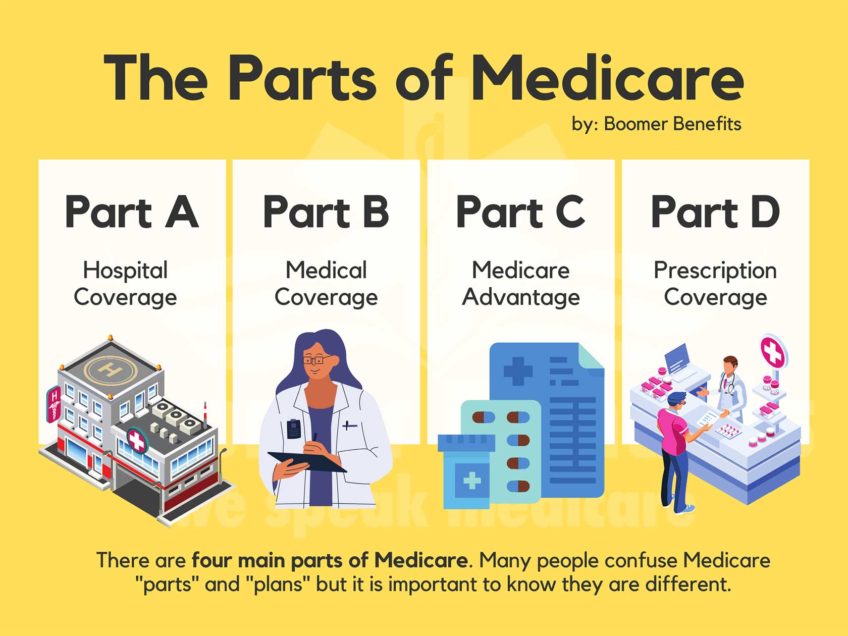BERTHOUD, Colo. — Scott Crossen became depressed at age 16 after his physician told him he only had 10 to 15 more healthy years. At the time, the teenager believed he would die before he reached his mid-30s.
“It was like a death sentence,” said Crossen, 54, of his type 1 diabetes diagnosis, also called juvenile or childhood diabetes.
The chronic illness either causes the body to not produce insulin, a hormone which converts sugar, starches and other food into energy, or to produce defective insulin. Type 2 diabetes usually occurs in adults and is linked with obesity.
But 38 years after being diagnosed, Crossen is not only living but thriving. Boulder endocrinologist Melvin Stjernholm says Crossen has no secondary complications common to diabetics, such as kidney disease, neuropathy or retinopathy.
Although experts say it’s rare for longtime diabetics not to have secondary complications, Crossen is not alone in his longevity. In fact, those diagnosed with type 1 diabetics are living longer, some more than 50 years after their diagnoses.
Of the 6,000 diabetes patients followed at the Barbara Davis Center for Childhood Diabetes at the University of Colorado School of Medicine in Aurora, more than 1,270 have lived with diabetes for 30 years or longer, said Dr. Satish K. Garg, director of the center’s adult program and a professor of medicine and pediatrics at the medical school.
Of those, most have mild secondary illnesses, such as early kidney disease, that can be managed easily with medication, he said. Of those 1,270, about 270 patients have lived with diabetes more than 40 years and 35 patients have lived longer than 50 years, he said.
“Diabetes treatment has come a long way,” said Garg, who 25 years ago counseled his diabetic patients not to marry or have children because it was believed most diabetics would not live to age 35. “People are living longer than ever.”
Today, more than 450 diabetic female patients followed by the center have given birth.
Although no one yet knows if a genetic component helps some diabetics live longer, the key, Garg said, is managing glucose levels, which has been made easier by recent advances in medicine. They include new insulin that better controls glucose, or blood sugar, levels; new monitoring devices, such as continuous glucose monitors; and advances in devices which deliver insulin. Those who don’t manage their glucose levels properly are most likely to face secondary complications, he said.
He also said it’s important that those with diabetes properly manage their blood pressure and cholesterol, and that they eat healthy foods and exercise regularly.
In 1993, a National Institute of Health (NIH) study published in the New England Journal of Medicine concluded that improving glucose control saves lives, reducing the risk of complications such as retinopathy and neuropathy. A 2004 follow up to the NIH-sponsored study reported that diabetes patients who controlled glucose levels significantly reduced their risks for heart attack and stroke.
“[The studies] changed the way doctors looked at diabetes,” he said. “The majority of patients now die from unrelated causes if they take care of their diabetes.”
When doctors first tested Crossen’s blood sugar, it was 740 deciliters; normal blood sugar is between 70 and 115. By then, the teenager had lost 40 pounds and suffered from blurry vision, vomiting, frequent urination and thirst, he said.
Crossen attributes his exceptional good health to a program he developed called AMEND — attitude, mindfulness, exercise, nutrition and diet.
First, Crossen quit smoking at age 22 after smoking since age 12. He began meditating and doing deep-breathing exercises. He researched nutraceuticals and studied herbology.
Today, Crossen faithfully tests his blood sugar levels an hour after he eats. He does yoga almost every morning for 20 minutes, meditates for roughly an hour and often plays volleyball. Since 1980, he has bicycled more than 80,000 miles, and he has been teaching boxing for more than 25 years.
As part of his program, Crossen also avoids red meat and takes a B complex vitamin and several herbs. He eats lots of organic raw vegetables and low glycemic fruits.
If a diabetic is committed to good health, he can achieve it, Crossen said.
“It’s tough living with diabetes, but it’s tougher dying from diabetes,” he said. “Put the time and effort into living a healthy life.”
(The Longmont Times-Call of Colorado)


![Banner [Virtual] Art Gallery](https://baystatebanner.com/wp-content/uploads/2024/04/Cagen-Luse_Men-at-store-e1713991226112-150x150.jpg)



